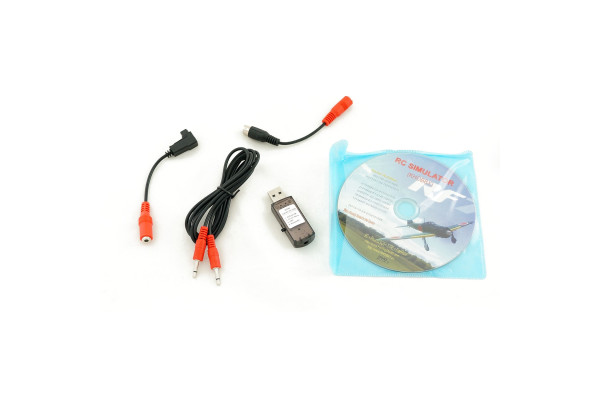

allows the diagnostic of the EGR valve: the position of the EGR valve is used to detect a difference between the exhaust gas flow rate setpoint and the actual flow rate.

allows a closed-loop control of the EGR valve: the mass of the exhaust gases is calculated function of the position of the EGR valve function of the operating point of the engine (torque, speed and temperature), the electronic control module (ECM) of the engine sets a specific position of the EGR valve this position is measured by the sensor and feed back to the control module depending on the error between the set position and the actual position, the ECM controls the voltage applied to the valve in order to bring the EGR valve in the desired position.The position sensor is used for three main reasons: The EGR valve position sensor signal is set to increases in the direction of the opening of the valve. The position of an EGR valve actuated by a DC motor can only be achieved by using a position sensor. The position sensor of the valve is linear and provides a signal proportional to its supply voltage (usually 5V). Despite having significant dead-band and higher inertia of the mechanism, the DC motor offers the best compromise in terms of response time, stability and robustness against disturbances. The torque produced by the DC motors is converted into a linear actuation force through a system of mechanical gears and levers. The narrow space between the rotor and the stator is named air gap. The DC motor therefore contains a rotor, consisting of a metal core with a copper winding, and a stator, consisting of permanent magnets whose magnetic flux passes through the rotor. case, which contains the position sensor and electrical connectionsĭirect current (DC) motors are also used to actuate EGR valves.position sensor, which transmits to the engine control module the position of the valve.valve body, which holds the valve, the actuator, as well as the return spring and other mechanical components.actuator (electric), which provides the necessary force to open/close the valve.actual valve, which by opening/closing varies the gas flow area.Modern electric EGR valves, regardless if they are fitted in a low pressure or high pressure EGR system, consist of the following elements: the closing is ensured only by a return spring (in the event of soot deposits on the valve, it is not possible to remove the deposit by fast valve closing/smashing, which can result in a permanent open position)Įlectric actuators have now become the standard due to faster, more precise control, which fits stricter emissions standards.

The disadvantages of the pneumatic EGR valves are: The other advantages of the pneumatic EGR valve are: resistance to high temperatures, especially in the absence of a position sensor (no electrical connection), and the small size and low mass of the overall valve.ĭepending on the expected response time and the reserve of available vacuum to move the valve, the size of the diaphragm and vacuum cylinder might be significant. Compared with an electrical actuated EGR valve, the main advantage of the pneumatic valve is the low cost, lack of mechanical transmission and simplicity. Early versions of pneumatic EGR valve does not use electrical energy to move the actual valve, but a shaft connected to a diaphragm in vacuum cylinder. The vast majority of valves in production, up until Euro 3 emissions standards, had an inward opening poppet valve operated by a vacuum actuator. The main function of an EGR valve is to allow the exhaust gases to flow from the exhaust manifold into the intake manifold. variable geometry actuation mechanism (turbine).Image: High and low pressure exhaust gas recirculation (EGR) layout Some vehicles have both high and low pressure EGR systems, which means that the EGR components are doubled. Most of the EGR system contains at least an: combustion temperature: which is reduced because the higher heat capacity of carbon dioxide (CO 2) and water vapour (H 2O) draws in part of the combustion heat.oxygen: which is displaced by inert (exhaust) gases.By doing this, the main ingredients of NO x emissions are reduced: EGR takes exhaust gases from the exhaust manifold and reintroduces them into the intake manifold, mixing them with fresh air. Exhaust Gas Recirculation (EGR) complete guide – architecturesĮxhaust gas recirculation (EGR) is the most common technology to reduce nitrogen oxides (NO x) emissions on diesel internal combustion engines (ICE).



 0 kommentar(er)
0 kommentar(er)
